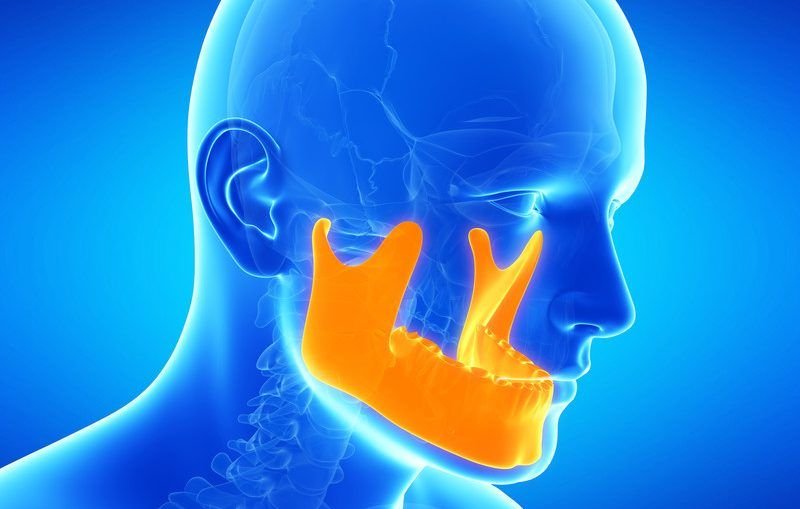By Marco Pasolini Registered Osteopath
Do you think your temporo-mandibular joint, sight and ears position might cause you headache and neck disorders?
I can definitely say YES!
In our physical assessment of postural imbalance, neck/shoulders pain and headache, we include possible trigger from cranio-cervical tract which might influence the underlying areas. Influences on your body’s balance and disorders-related could be coming from structures like, your eyes (ocular receptors), ears (vestibular receptors); or your mouth, oral tract, tongue, dental occlusion and TMJ (stomatognathic system)

It is important for a correct gaze and balance (ears), to be maintain these structures in a right position. In order to keep eyesight and balance system (ears) as functional as possible, neck (in particular upper tract) and the rest of the spine have to adapt and compensate any tiny alteration of the position of ears and eyes.
The treatment of disturbances from these structure is possibly successful with certain conditions. By my point of as an osteopath, we can work on cervical spine, facial and skull bones, orbicular (eyes) fascial structure and medium acoustic meatus (ears). It will be fundamental to integrate with other specialists like optometrist for a better treatment plan.
Another structure which might be triggering neck and head disorders or headache is the Stomatognatic system (TMJ, jaw's muscle, tongue and upper oral tract). In the last few years quite many scientific studies came out proving a direct interaction among these structure. In particular, it has clearly been stated the relationship between malocclusion, headache, facial aches and neck alterations. Regarding to TMJ, you might have experienced difficulties to open the mouth, clicks, jaw locking, bruxism (teeth grinding and chew muscles tightness) or even joints’ crackles along with a history of using a “byte" over night to improve or not aggravate the condition.
People suffering from this type of dysfunction have normally been seen by a GP, Orthopedic, ENT Doctor and Dentist who properly diagnosed it. Sometimes we had an history of a long standing psychotherapy or cognitive therapy to better cope with stress and emotional distress related to bruxism.
Once again, an efficient integration among all these health professions is the key to succeed in which Osteopathy might play an important role in order to achieve good outcomes. The position of the jaw and its movement seems well connected to the rest of the body (evidence base) which might have to adapt or compensate any single alteration or not functional TMJ or Jaw motion. Our global approach leads us to take any aspect under consideration in order to balance the body by including all possible implications between separate part of the body.
Recent studies shown an important relationship between malocclusion (three different classes of malocclusion) and body's balance. It does not necessarily mean that it's always like this, but we can definitely say there's a direct connection.
Initially, we try to detect if there's a clear influence among the structures (head, neck, TMJ and whole body) by supporting the dentist’s work by empowering “byte” device function for a long-lasting improvement, with no recurrences.
1 Hammami R, Behm DG, Chtara M, Ben Othman A, Chaouachi A. “Comparison of static balance and the role of vision in elite athletes” Hum Kinet. 2014 8;41:33-41.
2 Ohlendorf D, Seebach K, Hoerzer S, Nigg S, Kopp S.”The effects of a temporarily manipulated dental occlusion on the position of the spine: a comparison during standing and walking.”J.Spine 2014 1;14(10):2384-91.
3 Kim P, Sarauw MT, Sonnesen L. “Cervical vertebral column morphology and head posture in preorthodontic patients with anterior open bite.” Orthod Dentofacial Orthop. 2014 ;145(3):359-66.